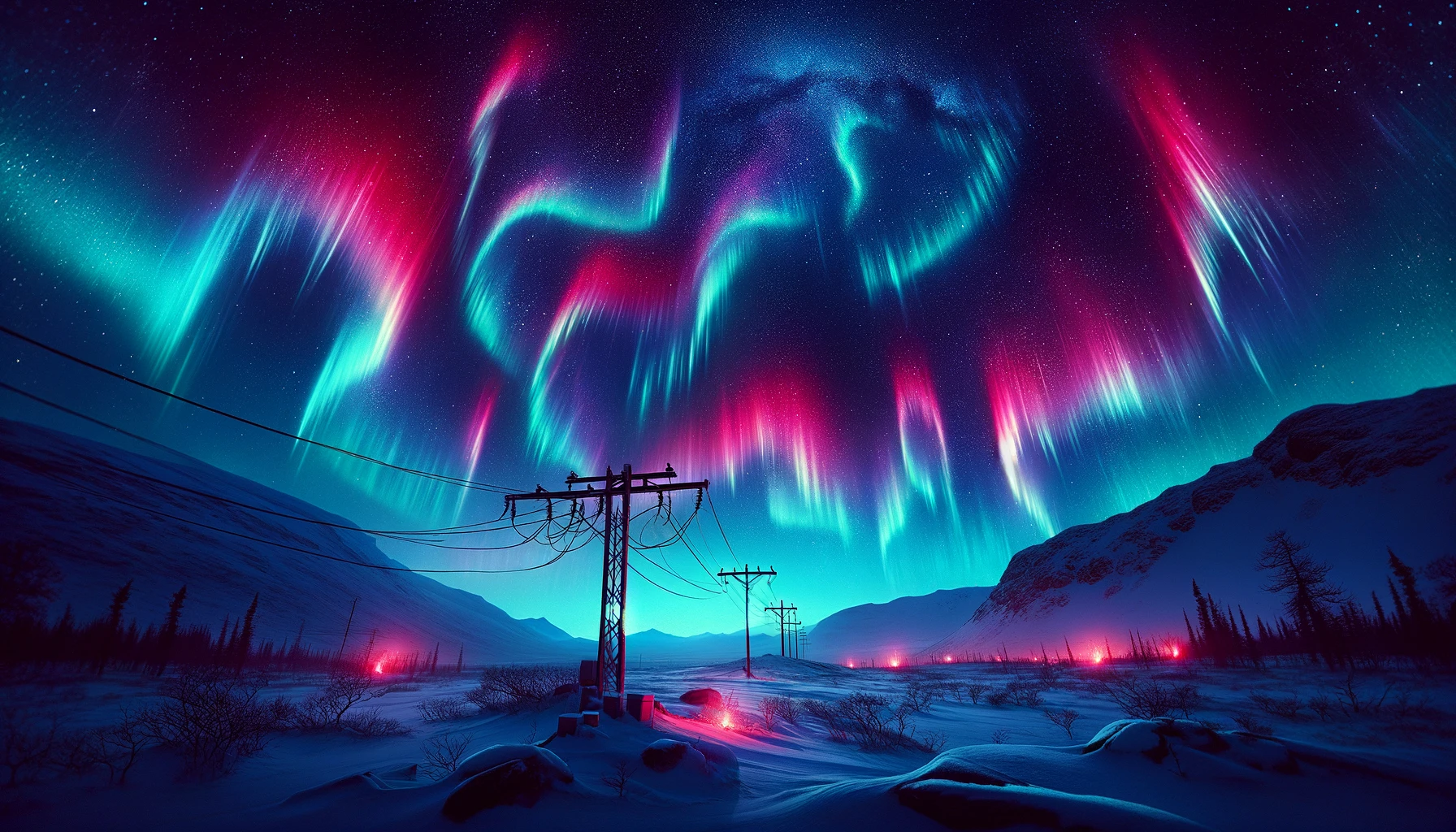Electromagnetic pulses (EMPs) have garnered attention in recent years due to their potential to disrupt electronic devices and infrastructure. While often associated with man-made sources such as nuclear detonations or high-altitude detonations, natural phenomena like geomagnetic storms can also produce EMP-like effects. This article delves into the relationship between EMPs, geomagnetic storms, and the breathtaking natural display of auroras.
Understanding Electromagnetic Pulses (EMPs):
– EMPs are abrupt bursts of electromagnetic radiation that can damage or disable electronic equipment.
– They are typically categorized as either High-Altitude EMPs (HEMPs) or Source Region EMPs (SREMPs), depending on their origin.
– HEMPs are associated with nuclear detonations at high altitudes, while SREMPs are generated by lightning or geomagnetic storms.
Geomagnetic Storms and Their Impact:
– Geomagnetic storms occur when the Earth’s magnetosphere is disturbed by solar wind.
– Solar wind, consisting of charged particles emitted by the Sun, interacts with the Earth’s magnetic field, causing disturbances.
– These disturbances can lead to a variety of effects, including enhanced auroral activity, radio communication disruptions, and potential damage to power grids and satellites.
The Role of Geomagnetic Storms in EMP-Like Events:
– During a geomagnetic storm, the Earth’s magnetic field can undergo rapid fluctuations, inducing electric currents in conductive materials on the ground.
– These induced currents can produce localized electromagnetic fields that behave similarly to EMPs.
– While natural EMPs generated by geomagnetic storms are generally less intense than those from nuclear detonations, they can still cause disruptions to electronic systems.
Auroras: Nature’s Dazzling Light Show:
– Auroras, also known as the Northern and Southern Lights, are dazzling displays of light in the Earth’s polar regions.
– They occur when charged particles from the Sun interact with the Earth’s atmosphere, producing vibrant colors and patterns.
– Geomagnetic storms play a crucial role in enhancing auroral activity by intensifying the influx of charged particles into the Earth’s atmosphere.
The Connection Between Geomagnetic Storms, EMPs, and Auroras:
– Geomagnetic storms and EMP-like events share a common origin in disturbances to the Earth’s magnetosphere.
– While geomagnetic storms primarily affect the Earth’s magnetic field and induce currents in conductive materials, EMPs can directly impact electronic systems.
– Auroras, on the other hand, are the visible manifestation of geomagnetic activity, showcasing the beauty and power of the interaction between solar wind and the Earth’s atmosphere.
While EMPs, geomagnetic storms, and auroras may seem like distinct phenomena, they are interconnected through the complex interactions between the Sun, the Earth’s magnetic field, and the atmosphere. By studying these phenomena, scientists can gain insights into space weather dynamics and improve our ability to mitigate the potential impacts of geomagnetic storms and EMP-like events on modern technology and infrastructure.
Editor’s Note: In this post, we explore the visually stunning yet potentially alarming phenomenon of an electromagnetic pulse (EMP) resembling an aurora borealis. One theory worth discussing is the role of the High-Frequency Active Auroral Research Program (HAARP), which some speculate could be capable of generating similar effects. As we delve into the scientific and speculative aspects of EMPs and auroras, we invite readers to consider the plausibility and implications of such phenomena being man-made, particularly through initiatives like HAARP.
Discover more from Kango Anywhere
Subscribe to get the latest posts sent to your email.




